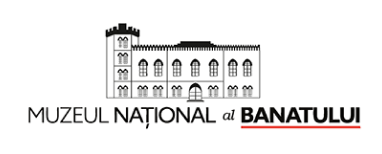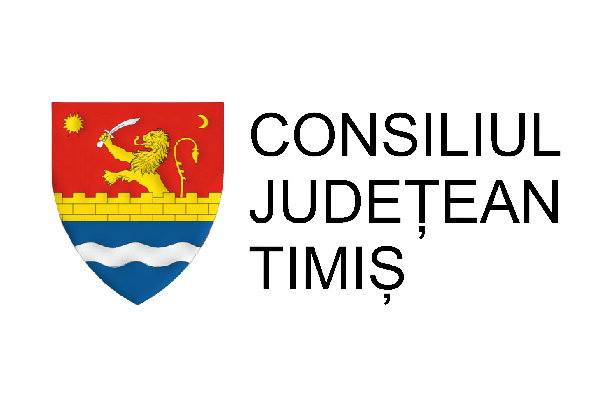- Home
- About MNAB
- Exhibitions and events
- VISITS
- Explore
- Discover
- Publications
- Shop

- Home
- Despre MNAB
- Informații de interes public
- Avertizor de Integritate
- Bilanț Contabil
- Buget
- Declarații de avere și interese
- Evaluare a Performanțelor Profesionale
- Formulare Tipizate
- PAAP
- Program minimal
- Rapoarte de activitate
- Regulamentul de Organizare și Funcționare
- Regulamentul Intern
- Situația drepturilor salariale
- Solicitare informații de interes public
- Expoziții și evenimente
- DESCOPERĂ
- Explorează
- Publicații
- VIZITEAZĂ
- Magazin online
Visiting hours: Wednesday - Sunday: 10:00 - 18:00 (closed on Mondays and Thuesdays)
